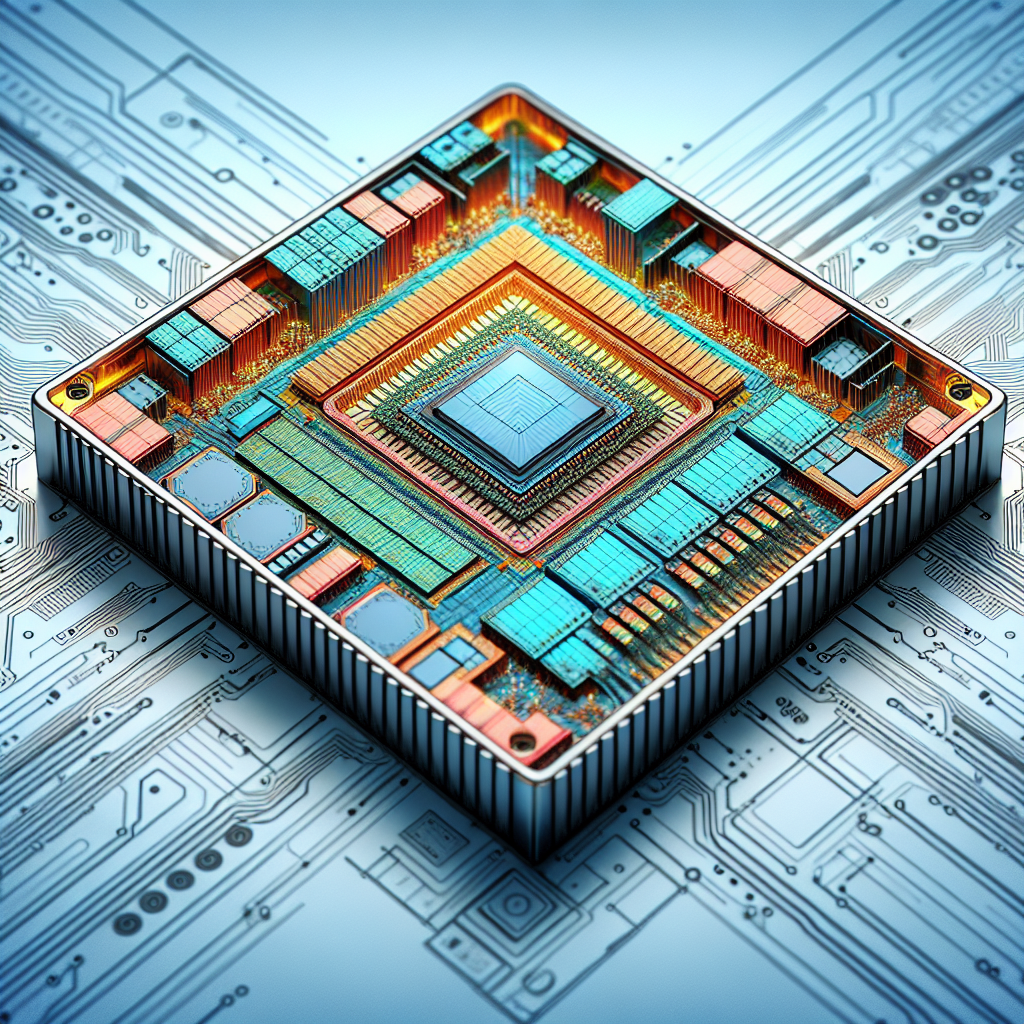Fix today. Protect forever.
Secure your devices with the #1 malware removal and protection software
NAND flash memory is a type of non-volatile storage technology that is commonly used in electronic devices such as smartphones, tablets, solid-state drives, and USB flash drives. It is known for its high-speed data transfer rates, low power consumption, and reliability. In this comprehensive guide, we will explore the key features, benefits, and applications of NAND flash memory.
Key Features of NAND Flash Memory:
1. Non-volatile: NAND flash memory is a non-volatile storage technology, which means that it retains data even when the power is turned off. This makes it ideal for storing important files and documents that need to be accessed quickly and reliably.
2. High-speed data transfer rates: NAND flash memory offers fast read and write speeds, making it suitable for applications that require high-performance storage solutions. This is especially important for devices that need to quickly load and save large files, such as video editing software or gaming consoles.
3. Low power consumption: NAND flash memory consumes less power than traditional hard disk drives, making it ideal for portable devices such as smartphones and tablets. This helps to extend the battery life of these devices and provide a better user experience.
4. Reliability: NAND flash memory is known for its durability and reliability, with a high tolerance for temperature fluctuations and physical shocks. This makes it suitable for use in industrial applications and automotive electronics, where reliability is crucial.
Benefits of NAND Flash Memory:
1. Compact size: NAND flash memory is available in small form factors, making it easy to integrate into compact electronic devices. This allows manufacturers to design slim and lightweight products without compromising on storage capacity.
2. High storage capacity: NAND flash memory offers high storage capacities, ranging from a few gigabytes to several terabytes. This makes it suitable for storing large amounts of data, such as photos, videos, and music files.
3. Long lifespan: NAND flash memory has a long lifespan, with millions of erase/write cycles before it starts to degrade. This ensures that data can be reliably stored and accessed for many years without the need for frequent replacements.
Applications of NAND Flash Memory:
1. Solid-state drives (SSDs): NAND flash memory is widely used in SSDs, which offer faster boot times and improved performance compared to traditional hard disk drives. SSDs are commonly used in laptops, desktop computers, and servers to speed up data access and improve overall system performance.
2. Smartphones and tablets: NAND flash memory is used in smartphones and tablets to store operating systems, apps, and multimedia files. The high-speed data transfer rates of NAND flash memory help to improve the overall user experience by reducing loading times and improving responsiveness.
3. Automotive electronics: NAND flash memory is used in automotive electronics for storing navigation maps, entertainment content, and system software. Its reliability and durability make it suitable for use in harsh environmental conditions, such as extreme temperatures and vibrations.
In conclusion, NAND flash memory is a versatile and reliable storage technology that offers high-speed data transfer rates, low power consumption, and long lifespan. Its compact size and high storage capacity make it ideal for a wide range of applications, from smartphones and tablets to industrial and automotive electronics. As technology continues to advance, NAND flash memory will likely play a key role in shaping the future of data storage and electronic devices.
Fix today. Protect forever.
Secure your devices with the #1 malware removal and protection software

Leave a Reply
You must be logged in to post a comment.